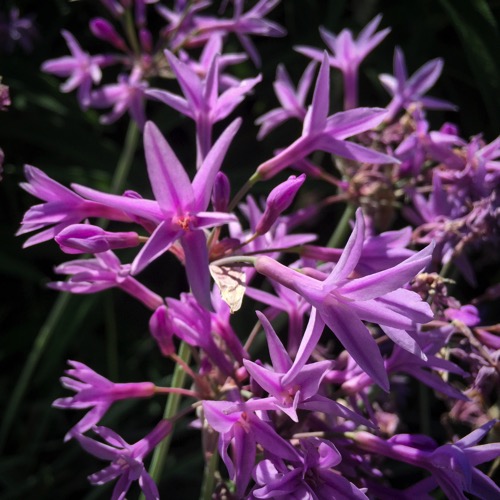The Bee-Friendly Garden
Design an abundant, flower-filled yard that nurtures bees and supports biodiversity
by Kate Frey and Gretchen LeBuhn
The publisher provided a free review copy of this book, but the opinions here are my own.
Bees — all sorts of bees — are much in the news these days and not just in the realm of environmentalists, climate change scientists and gardeners. Everyone, it seems wants to know more about these amazing creatures that share our world and all the bounty they bring to us and the world in general.
The Bee-Friendly Garden is an amazing resource for anyone wanting to expand their bee knowledge, but especially for those gardeners who want to create gardens that help bees, both native and domesticated, while still creating striking garden landscapes.
There are many reasons to include bee-friendly plants in your gardens. Bee-friendly gardens are healthy, well-balanced environments that attract bees while also giving gardeners beautiful landscapes. By providing bee-friendly environments in our gardens, we also improve our surrounding environment outside our garden walls by replacing diminished habitats, providing healthy alternatives to unfriendly plantings in parks and gardens and helping to build stronger bee populations overall.
The book begins with a detailed overview of the wide variety of bees common in the world today. Most people are probably most familiar, like myself with the European Honey that is typically most common in our gardens here in North America. I have also learned to identify our local California native Carpenter Bee, but after reading these chapters, I quickly realized how little I noticed or understood the other native bees that live here in my garden. It was great to have a starting place to increase my knowledge and make me more aware of what exactly was buzzing by my head when I was planting or weeding in the garden.
Excellent photographs accompany the text in this chapter and throughout the book. Identifying bees, especially the smaller sizes, requires a good guide and while there are certainly more detailed bee and insect guides, The Bee-Friendly Garden provides an excellent starting point for those more interested in horticulture than entomology.
The next chapters go into great detail on bee-friendly plants you should consider for your own garden. These include recommendations for tree, shrubs and annuals and an entire chapter on choosing bee-friendly plants for edible gardening needs, too. Throughout it all, the authors stress the need to create gardens that serve a large variety of pollinators, provide bloom (and therefore, food in the form of nectar and pollen) for bees over a wide range of the season and specifically support native pollinators as much as possible.
Finally, the bee-friendly describes general and specific guidelines for laying out your new garden or adapting your current garden to be more hospitable to bees including bed design, hedges, fences and walls, water elements and more.
For me, this book was a slow — yet deeply interesting — read due to the amazing amount of information provided in each chapter. I ended up taking many notes as I read, especially whenever the text triggered thoughts and ideas that I might apply directly in my own garden. The Bee-Friendly garden will also certainly remain in my library as a wonderful resource to be referred to again and again, not only for the information in the text itself, but also for the excellent resource guides included at the end of the book. This information includes a list of bee-friendly nurseries in various regions, recommended books and online resources and also regional plant lists.
I know I will be taking another turn through The Bee-Friendly Garden soon to glean even more knowledge and more ideas that I can implement in my own garden. If you would like to add some more bee-friendly elements to your garden, this book is a great place to start.
About the authors
KATE FREY is an international garden designer and consultant specializing in sustainable, insect-hospitable landscaping and small farms. She won two gold medals at the Chelsea Garden Show in London for ecologically themed gardens and is a popular speaker at garden shows and clubs. She has written for Gardens Illustrated and Pacific Horticulture magazines, and lives in Hopland, CA. Learn more at freygardens.com.
GRETCHEN LEBUHN is a professor of biology at San Francisco State University and the author/editor of two books on pollinators, Field Guide to the Common Bees of California and Attracting Native Pollinators. She is the founder and director of The Great Sunflower Project (www.greatsunflower.org), a national citizen science program designed to gather information about bee diversity and activity.
Recommended



